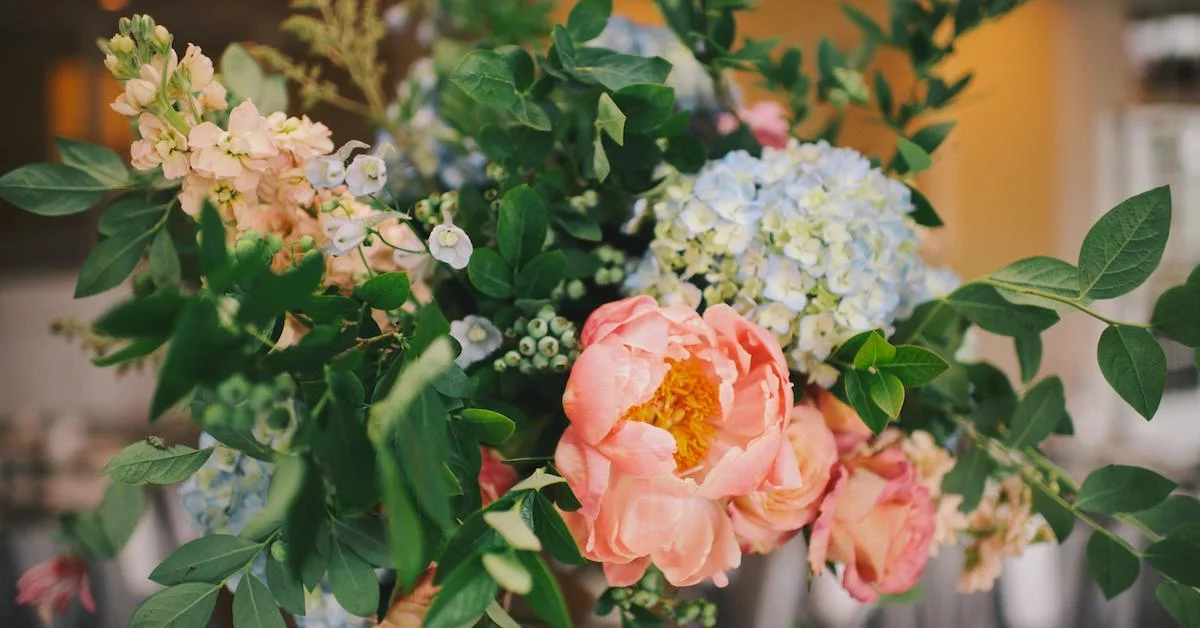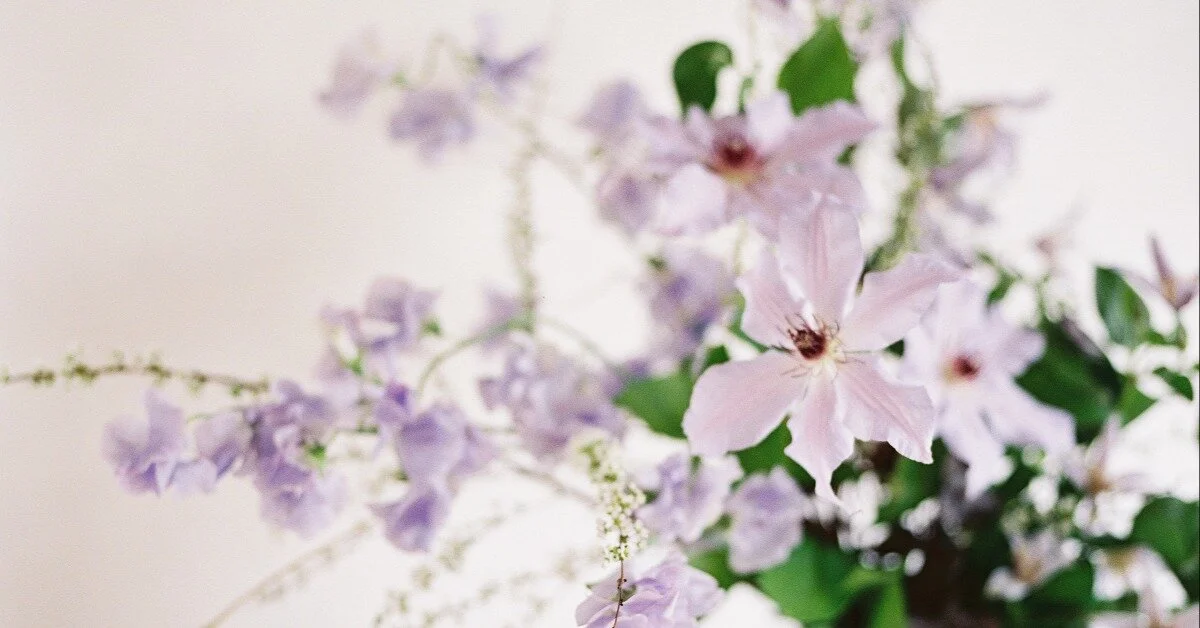5 Useful Perennials You Can Grow for Your Own Floral Designs
Many floral designers are beginning to dabble in growing their own flowers as much as they can. The feeling of growing, cultivating, harvesting, and eventually arranging with stems that you produced yourself is a transcendent experience that you can enjoy by planting these easy-to-grow, beautiful perennials in whatever garden you might have available.
Below you’ll find both perennial flower varieties that bloom early and late in the season as well as ones that are pricey or unavailable through traditional wholesalers.
1. Daffodils
These critter-resistant bulbs are a favorite of many flower growers. They’re one of the first flowers to greet us in spring, and they reliably come back year after year, require little care once planted, and now come in many beautiful forms, with long, lovely stems that are perfect for any arrangement.
To plant, dig an 8” deep, wide hole and nestle about 3–5 bulbs side-by-side. This “clustered” effect makes for a fuller impact on the landscape. Newly planted daffodil bulbs should flower vigorously for 3–4 years after planting, but if you notice that the flowering has slowed, wait until fall to dig the bulbs back up, and you might find that your bulbs have multiplied! Replant your bulbs to give them more breathing room, and be assured of more flowers the following spring.
Favorite varieties include Delnashaugh (gorgeous peach double), Thalia (pure white with multiple dancing flower heads), Yellow Cheerfulness (enough said!), and Petit Four.
2. Hellebores
Plagued by shade? Never fear! Hellebores are perfect for your space, no matter where you live. They’re hardy as can be, resistant to disease, and not coveted by the rabbits that may be lurking in your yard. While hellebores are expensive to purchase, they will provide an excellent return on your investment in a few years once they are established. I love the Hellebores from Sunshine Farm + Garden in West Virginia. These hybrids come in all sorts of colors, and every plant is a new surprise. They also tend to self-sow in the garden, providing you with many new hellebore babies to plant elsewhere or share with your flower-obsessed friends.
3. Bearded Iris
The colors that have been achieved by Bearded Iris breeders are unmatched by any other flower. While fairly easy to grow, they do prefer well-drained soil and a sunny spot, so save the best part of the garden for your irises. When you order irises, they will come as a funny-looking tan rhizome, similar to raw ginger root at the grocer. Nestle the rhizome in the soil, burying it only halfway. Take care to leave the top part of the rhizome exposed to the sun. Irises resent being buried, so resist covering with mulch. These plants will reward you with mind-boggling flowers and years of life, so the extra attention they ask of us is well worth it. I source my irises from Schreiner’s Iris, who has a fantastic online and print catalog with every color you would ever want.
4. Japanese Anemone
Another winner for those who have more shade than sun? The Japanese Anemone hupehensis! It blooms just as those late-summer weddings cram the calendars of floral designers. It’s the perfect finishing touch to an arrangement, these cheerful perennials are easy to grow, very vigorous (give them a little room to spread out!), and prefer a shady spot in the garden. My favorites are named “Honorine Jobert” for pure white beauty and “Dreaming Swan” for a moody, romantic, lavender-tinged flower.
5. Sweet Autumn Clematis
Last but not least: If you have an unsightly fence you’d like to see covered with a pretty white flowering vine, Sweet Autumn Clematis is perfect for you. It’s another vigorous perennial, easy-to-grow, and flowers in late summer with delicate, sparkly white flowers that would be beautiful in any bride’s bouquet.
Even if your space is small and time is limited, these plants will reward you with their reliability and beauty—year after year!









